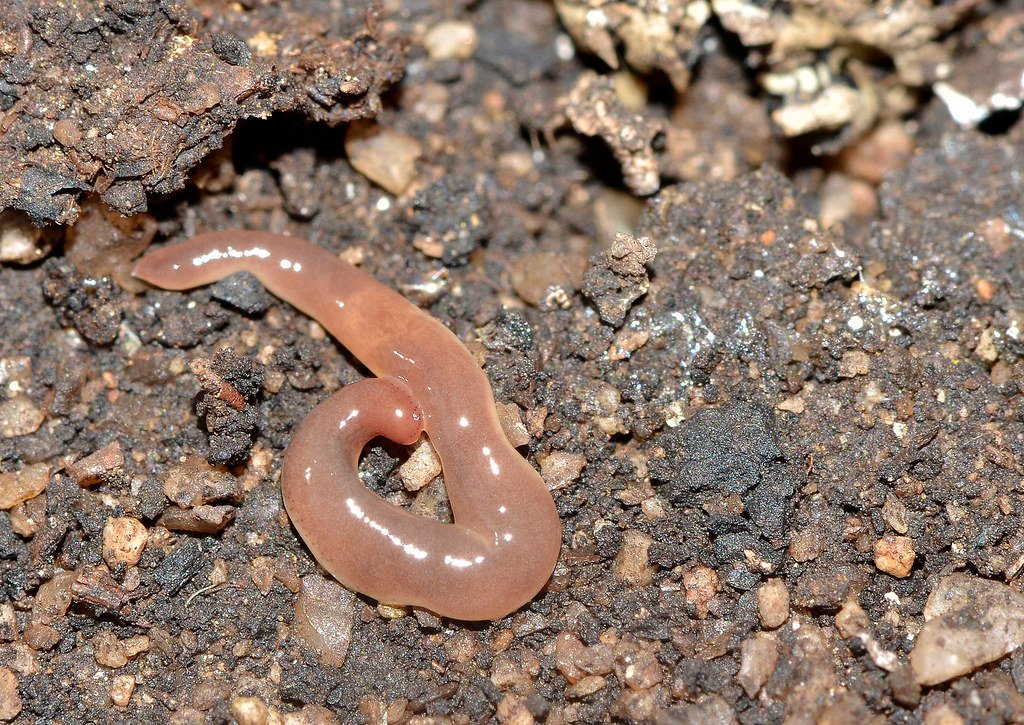Imagine slicing yourself in half and not only surviving, but growing back everything you lost—including your brain. While this sounds like the stuff of science fiction, it’s actually Tuesday afternoon for a remarkable group of creatures that have mastered the art of regeneration in ways that would make even the most skilled magician jealous. These aren’t your garden-variety earthworms we’re talking about, though they deserve respect too. We’re diving into the world of planarian flatworms, marine polychaetes, and other incredible invertebrates that treat decapitation like a minor inconvenience rather than a death sentence.
The Planarian Phenomenon
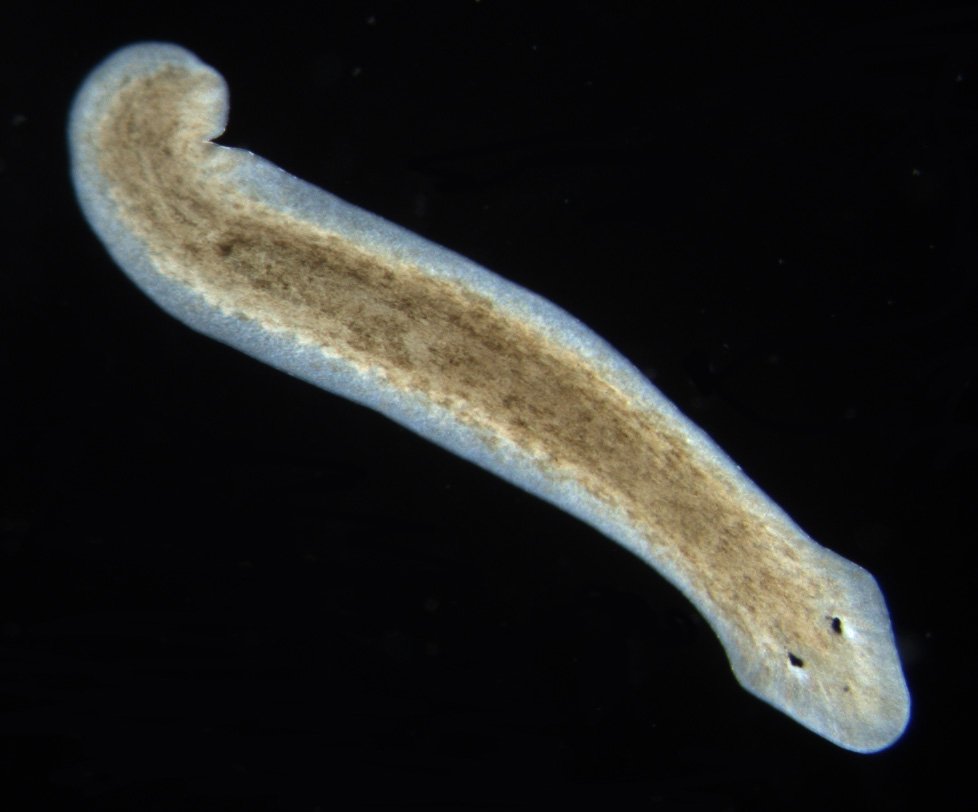
Planarian flatworms represent the gold standard of regenerative superpowers in the animal kingdom. These tiny, unassuming creatures, typically measuring just a few millimeters in length, can rebuild their entire body from a fragment as small as 1/279th of their original size. What makes this even more mind-blowing is that they don’t just regrow missing parts—they reconstruct their entire nervous system, including their primitive brain, from scratch.
The secret lies in their abundant population of stem cells called neoblasts, which make up roughly 20% of their body mass. These cellular Swiss Army knives can transform into any type of cell the worm needs, whether it’s muscle, nerve, or digestive tissue. When you cut a planarian in half, both pieces survive and regenerate the missing portions within about a week.
Two-Headed Monsters in the Making
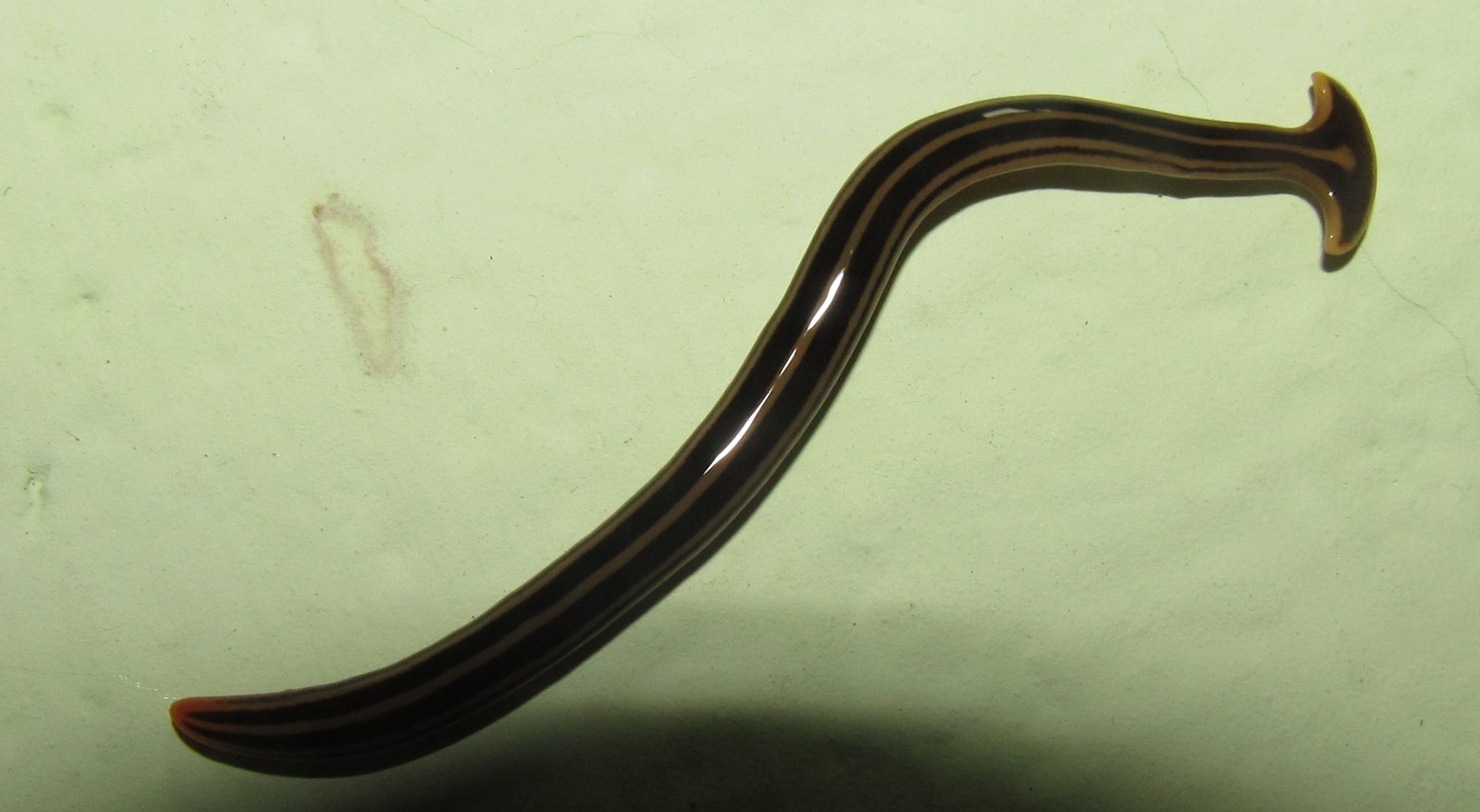
Here’s where things get really wild: sometimes planarians don’t just regrow one head—they grow two, or even more. This isn’t some freak accident but a reproducible phenomenon that scientists can trigger by manipulating the worm’s bioelectric fields. When researchers use specific drugs or genetic modifications to disrupt the normal head-tail polarity signals, planarians can develop multiple heads arranged in various configurations.
These multi-headed worms aren’t just curiosities—they’re functional creatures that can move, feed, and respond to their environment using all their heads simultaneously. Each head operates its own set of eyespots and can make independent decisions about where to go or what to investigate. It’s like having multiple CEOs running the same company, somehow making it work without constant boardroom battles.
The Bioelectric Blueprint

The key to understanding how planarians control their regeneration lies in bioelectricity—the natural electrical signals that flow through living tissue. Every cell in a planarian’s body maintains a specific electrical charge, and these charges create patterns that act like a blueprint for regeneration. When the worm is injured, these bioelectric signals tell the stem cells not just to start dividing, but exactly what type of tissue to become and where to position themselves.
Scientists have discovered that by changing these bioelectric patterns, they can essentially reprogram the worm’s regenerative instructions. This is how they create two-headed planarians—by disrupting the normal electrical gradient that typically ensures only one head grows at the front end. The implications for human medicine are staggering, as researchers explore whether similar bioelectric manipulation could one day help humans regenerate lost limbs or organs.
Marine Worms That Put Planarians to Shame
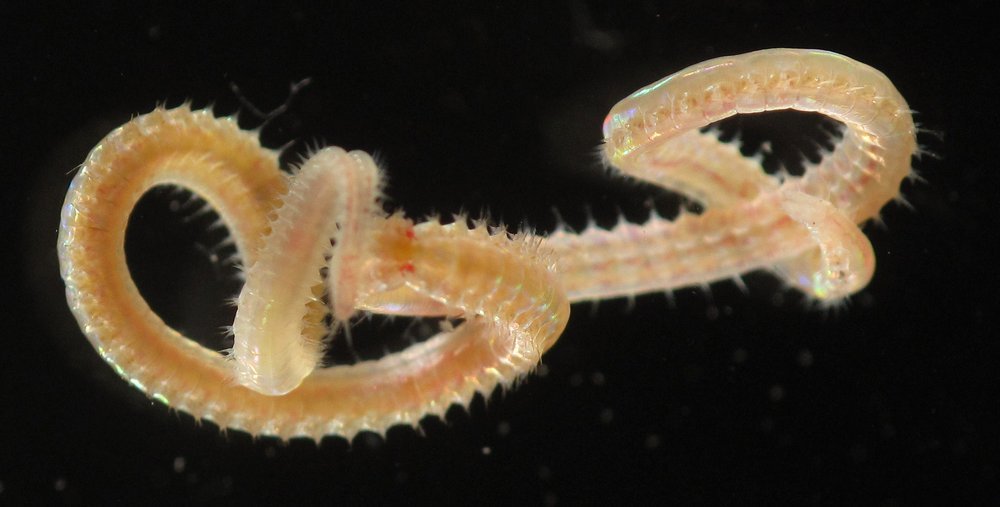
While planarians get most of the attention, marine polychaete worms have their own impressive regenerative abilities that sometimes surpass even their freshwater cousins. The Christmas tree worm, for instance, can regrow its elaborate feeding crown—a delicate, branching structure that looks exactly like its holiday namesake—multiple times throughout its life. When threatened by predators, these worms can jettison their crowns and retreat into their tubes, then regrow the entire structure within weeks.
Some polychaetes take this even further. The syllid worms practice a form of reproductive regeneration called epitoky, where they literally transform their rear segments into swimming reproductive units that break away from the parent worm. The original worm then regenerates its lost segments and can repeat this process multiple times. It’s like having a biological 3D printer that can manufacture new body parts on demand.
The Immortal Hydra Connection

Though not technically worms, hydras—those tiny freshwater cnidarians that look like miniature sea anemones—share remarkable regenerative abilities that put worm regeneration into perspective. A hydra can regrow its entire body from just a small piece of tissue, and unlike most animals, it shows no signs of aging. This biological immortality stems from its ability to continuously replace its cells throughout its lifetime.
What’s particularly fascinating is that hydras can also develop multiple heads when their normal developmental signals are disrupted. Scientists have created hydras with up to seven heads, each fully functional and capable of independent movement and feeding. These multi-headed creatures provide insights into how regenerative organisms maintain their body plans and what happens when those plans go awry.
Earthworms: The Misunderstood Champions

Despite popular belief, your average earthworm can’t regenerate quite as dramatically as planarians, but they still possess impressive regenerative abilities that vary by species. Most earthworms can regrow their tail segments if they’re cut off, and some species can even regenerate a limited number of head segments. The key difference is that earthworms have more specialized tissue types and organ systems, making complete regeneration much more complex.
The anterior regeneration ability in earthworms depends heavily on where the cut is made. If you slice off just the first few segments containing the brain, many species can regrow a new head. However, if you cut too far back, the worm may only be able to regrow tail segments from both ends, creating a bizarre two-tailed creature that can’t survive long-term.
The Molecular Machinery of Regeneration

At the molecular level, regeneration involves an intricate dance of genes, proteins, and signaling molecules that would make a Broadway choreographer weep with envy. Key players include the Wnt signaling pathway, which helps establish body axis and polarity, and the Hedgehog signaling pathway, which controls cell fate decisions. When these pathways malfunction, you get the spectacular multi-headed mutations that have captivated scientists for decades.
Planarians express thousands of genes during regeneration, many of which are also found in humans but have lost their regenerative function over evolutionary time. By studying how these genes work in planarians, scientists hope to reactivate similar pathways in human cells. The ultimate goal is developing treatments for spinal cord injuries, organ failure, and other conditions that currently have no cure.
Evolutionary Advantages of Head Multiplication

Having multiple heads might seem like overkill, but from an evolutionary perspective, it can offer surprising advantages. Multi-headed worms can process information from multiple directions simultaneously, making them more efficient at finding food and avoiding predators. They can also split their attention between different tasks—one head might focus on feeding while another watches for danger.
However, these advantages come with costs. Multiple heads require more energy to maintain and can sometimes conflict with each other, leading to inefficient movement or feeding. This is why multi-headed worms rarely occur naturally and why most regenerative organisms have evolved precise mechanisms to prevent such outcomes.
The Role of Stem Cells

The regenerative superpowers of planarians and other worms depend entirely on their remarkable stem cell populations. Unlike human stem cells, which become increasingly limited in their potential as we age, planarian neoblasts maintain their pluripotency throughout the animal’s life. These cells can remain dormant for extended periods, then rapidly activate when injury occurs.
What makes planarian stem cells particularly special is their ability to sense exactly what type of tissue is missing and respond accordingly. If a worm loses its head, the neoblasts near the wound site receive chemical signals that instruct them to become neural tissue. If the tail is lost, different signals guide them to become reproductive or digestive tissue. This precise communication system is something human regenerative medicine desperately wants to replicate.
Environmental Triggers and Regeneration

The regenerative abilities of worms aren’t just controlled by internal factors—environmental conditions play a crucial role too. Temperature, pH levels, oxygen concentration, and even the presence of certain chemicals can dramatically affect how well and how quickly worms regenerate. Some species show enhanced regeneration in response to seasonal changes, while others seem to regenerate better in polluted environments where frequent injury is more likely.
Interestingly, some researchers have found that planarians exposed to weak electromagnetic fields show altered regeneration patterns, sometimes developing multiple heads or tails. This suggests that the bioelectric signals controlling regeneration are more sensitive to external influences than previously thought. Such findings have implications for understanding how environmental factors might affect human healing and regeneration.
Laboratory Breakthroughs and Techniques

Modern laboratory techniques have revolutionized our understanding of worm regeneration. Scientists can now use fluorescent markers to track individual stem cells as they migrate to injury sites and differentiate into specific tissue types. Advanced imaging techniques allow researchers to watch regeneration happen in real-time, revealing the precise sequence of events that leads to perfect restoration of lost body parts.
One particularly exciting development is the use of optogenetics—using light to control cellular activity—to manipulate regeneration in living worms. By engineering planarians to express light-sensitive proteins, researchers can literally switch regenerative processes on and off with the flip of a switch. This level of control is opening new avenues for understanding the fundamental mechanisms of regeneration.
Medical Applications and Future Prospects

The study of worm regeneration is already yielding promising results for human medicine. Researchers have identified several drugs that can enhance regeneration in planarians, and some of these compounds are now being tested for their ability to promote healing in human tissues. The bioelectric manipulation techniques used to create multi-headed worms are being adapted for potential use in treating chronic wounds and promoting nerve regeneration.
Perhaps most excitingly, scientists are working on developing “regenerative patches” that could be applied to human wounds. These patches would contain the same types of bioelectric signals that guide worm regeneration, potentially helping human tissues regrow more effectively. While we’re still years away from regrowing human limbs, the progress in understanding worm regeneration is accelerating rapidly.
The Mystery of Regenerative Limits
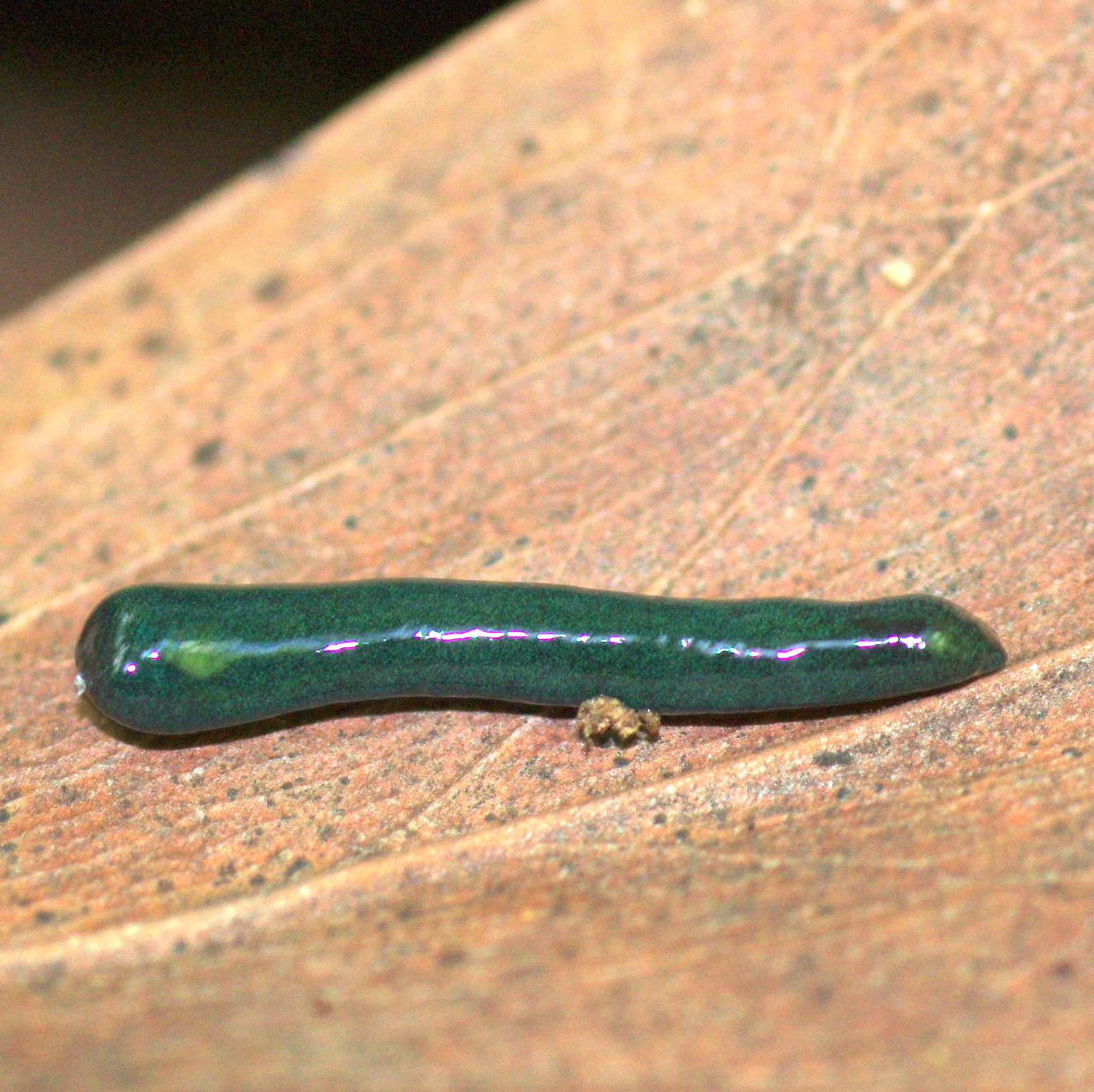
Despite their impressive abilities, even the most regenerative worms have limits. Planarians can only undergo a finite number of regeneration cycles before their stem cells become exhausted. The exact number varies by species and environmental conditions, but most planarians can regenerate completely about 20-30 times before their regenerative capacity begins to decline.
This limitation raises fascinating questions about the relationship between regeneration and aging. Some scientists hypothesize that the loss of regenerative ability might be one of the fundamental causes of aging in all animals, including humans. By understanding what limits regeneration in worms, we might be able to develop strategies to extend regenerative capacity in human tissues.
Regeneration in Extreme Environments

Some of the most remarkable regenerative worms live in extreme environments that would kill most other creatures. Deep-sea polychaetes living near hydrothermal vents can regenerate damaged segments despite exposure to toxic chemicals and extreme temperatures. Arctic planarians can continue regenerating even when partially frozen, suggesting that their regenerative machinery has evolved to function under conditions that would shut down most biological processes.
These extreme-environment species often show enhanced regenerative abilities compared to their temperate relatives. The harsh conditions they face have apparently selected for more robust regenerative systems. Studying these creatures could reveal new approaches to enhancing regeneration in medical applications, particularly for treating injuries that occur under challenging conditions.
The Social Aspects of Multi-Headed Worms
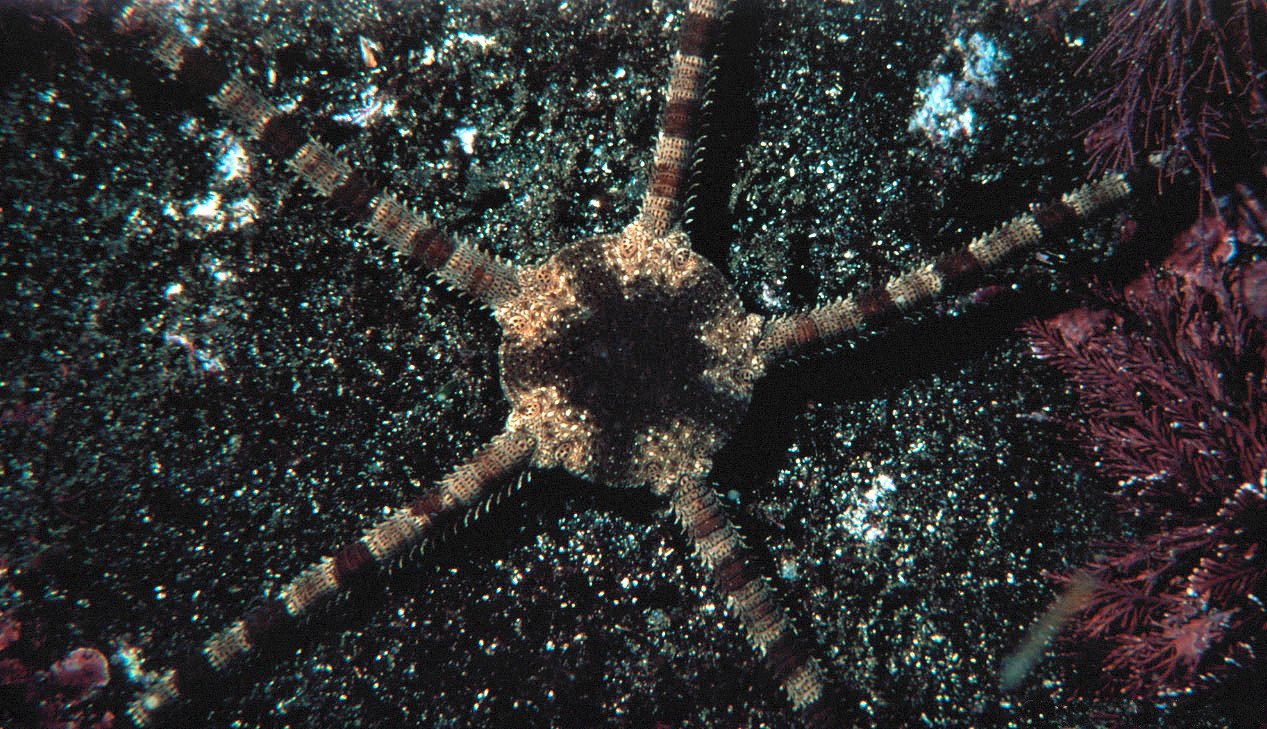
When worms develop multiple heads, it creates interesting questions about identity and behavior. Do multi-headed planarians have one consciousness or several? Behavioral studies suggest that each head can make independent decisions, but they somehow coordinate their actions to move the shared body effectively. This coordination isn’t perfect—sometimes the heads disagree about which direction to go, leading to amusing tug-of-war situations.
The social dynamics become even more complex when multi-headed worms encounter normal, single-headed individuals. Some species show altered mating behaviors, while others seem to interact normally despite their unusual appearance. These observations are helping scientists understand how nervous systems integrate information from multiple sources and how social behaviors evolve.
The Future of Regenerative Research

The field of regenerative biology is advancing at breakneck speed, with new discoveries about worm regeneration published almost weekly. Artificial intelligence is now being used to analyze the complex patterns of gene expression during regeneration, revealing hidden connections and pathways that human researchers might miss. Virtual reality systems allow scientists to explore 3D models of regenerating tissues in unprecedented detail.
Looking ahead, researchers are developing increasingly sophisticated tools for manipulating regeneration. Nanotechnology could allow for precise delivery of regenerative signals to specific cells, while advances in bioelectronics might enable real-time monitoring and control of regenerative processes. The ultimate goal remains the same: understanding regeneration well enough to help humans regrow lost tissues and organs.
Conservation and Regenerative Ecosystems

The remarkable regenerative abilities of worms also have important implications for ecosystem health and conservation. In polluted environments, worms with strong regenerative abilities often serve as indicator species—their presence suggests that the ecosystem still has some capacity for recovery. Conversely, the loss of regenerative species can signal serious environmental degradation.
Climate change is affecting regenerative worms in complex ways. Some species are showing enhanced regeneration in response to warmer temperatures, while others are losing their regenerative abilities as ocean chemistry changes. Understanding these responses is crucial for predicting how ecosystems will respond to ongoing environmental changes and for developing conservation strategies that protect these remarkable creatures.
The ability of worms to regrow their heads, and sometimes multiple heads, represents one of nature’s most extraordinary achievements. These creatures have mastered biological processes that seem almost magical, yet they’re governed by principles that scientists are beginning to understand and potentially harness for human benefit. From the bioelectric signals that guide regeneration to the stem cells that make it possible, every aspect of worm regeneration offers insights that could revolutionize medicine and our understanding of life itself. As research continues to unlock the secrets of these remarkable creatures, we’re moving closer to a future where regenerative medicine might help humans overcome injuries and diseases that were once considered permanent. What other secrets might these seemingly simple worms still be hiding?

